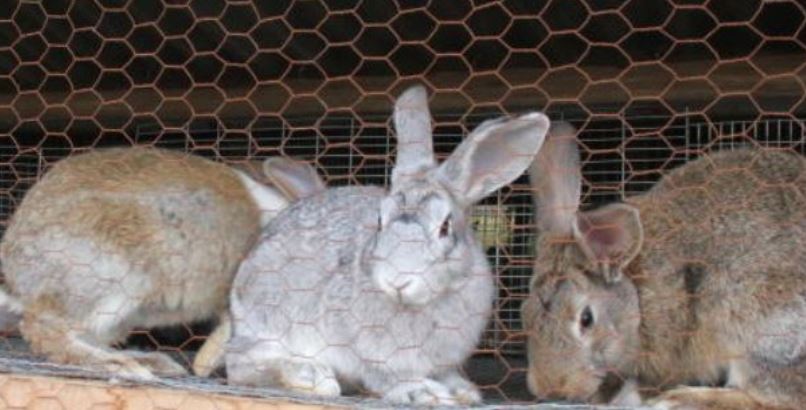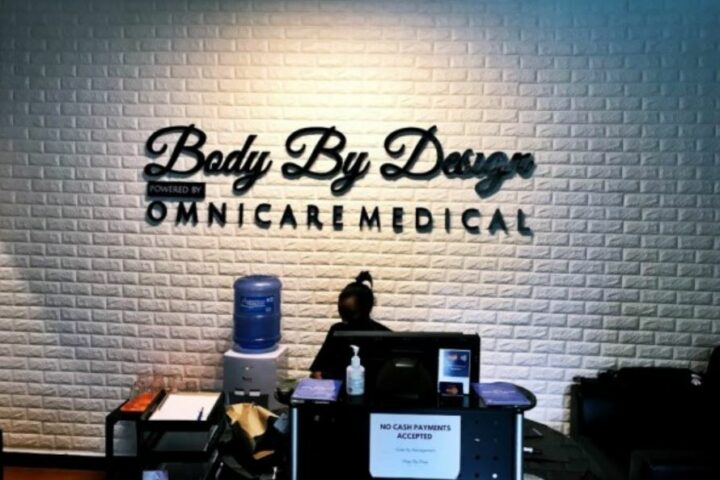
“At the time, my monthly budget was Sh25,000, making me a slave of credit to make ends meet,” she said.
But when she got pregnant, Ms Ndung’u decided to get her act together. “I knew that with the arrival of my child would come the added financial burden. I had to figure out a plan. I just didn’t know what that was.”
While still figuring out what to do, Lucy bought two rabbits from a neighbour to keep as pets.
“During my pregnancy, I greatly enjoyed rabbit meat. I couldn’t stand much else. So I thought that if I was going to rear something, it might as well be a rabbit. Or two,” she added.
Lucy was also fired from her job because she went on maternity leave. Today, she owns Sigona Rabbit Farm, an enterprise with assets running into the millions of shillings.
Here’s her story courtesy of Hustle.
How did the business change your finances?
The business that started with two rabbits, each costing Sh1,000, now pays all my bills. I am now banking on it to usher me into the billionaire club after it made me a millionaire. If I quantify my stock daily, it comes to at least Sh1.2 million.
How did you go from a backyard hobby to growing an agribusiness firm?
The rabbits I bought initially were a male and a female. I put up a structure for them. By mid-2003, the stock had grown to 200 rabbits. A rabbit’s gestation period is only 30 days, and a litter can be anything between four and 12 kits. Interestingly, a doe, the female rabbit, can mate and get pregnant a day after giving birth. So my stock rapidly expanded, which meant I needed money. And that wasn’t an easy ride.
So what did you do?
I had to get some loan facility, and that, I tell you is the biggest challenge I faced when trying to set up. When I took a break to go on my maternity leave, I had Sh12,000 in my bank account. By the time I delivered, I had depleted that account. And after much thought, I left my job. I then borrowed Sh10,000 from relatives and topped it up with the little cash I had received from friends and colleagues after I had my baby. It came to Sh23,000. I deposited this into my bank account. I planned to build up the amount to qualify for some credit from my bank. I then joined a merry-go-round group with nine other members where we would each contribute Sh1,000 a week. In six months, I had built up my account to Sh40,000. I now qualified for bank credit on account of running an active account for six months. I converted that account into a fixed deposit and used it as collateral to apply for a Sh30,000 loan.
Was that enough money?
No. I used my 200 rabbits as collateral for another Sh20,000 from a microfinance firm. I knew that I was taking a big gamble but I was desperate for the money. At the time, I was also rethinking my business plan and was thinking of changing direction.
To what?
I wanted to establish a boutique in Kiambu town. Someone had told me that with Sh50,000, I was good to go for the boutique business. Luckily, rabbit rearing began bearing fruits. By the end of the first year, I had about 600 rabbits and there was a rabbit meat craze everywhere. Demand was high. It was the period when so many nutritionists and organic farming experts had launched a campaign in favour of white meat. I do not know what their motivation was but I found myself riding high on this wave. All of a sudden, my pets became a business enterprise. Buyers started flocking to my compound and my wallet started gaining some weight.
When did you first turn a profit?
By the end of 2004, I had made a net profit of Sh100,000; a figure that I had to keep under my pillow just to remind myself that I was not destined to be earning Sh16,000 a month.
What was your target market then?
My immediate market was fellow farmers who were getting into rabbit breeding following the market craze that had started to rage following campaigns from the Kenya Institute of Organic Farming (KIOF). My confidence in business was also growing as much as my financial worth. And I began making some money moves I wouldn’t have thought were within my reach.
How so?
By the end of the year 2007, I had cleared all my debt. I had even started saving and diversifying my investments. Additionally, I invested in shares and boosted my fixed accounts.
What are the expenses incurred in rabbit rearing?
We keep the stock on a 100-by-50 feet plot that the business owns, and every day we feed the rabbits on pellets that cost around Sh12,000. Our monthly agro vet bill is about Sh1,000. Labour costs me about Sh2,500 daily. The cost of production is low because common ailments are treated with low-cost locally available drugs. Feed is also readily available and fairly priced. I would say that for every Sh100 pumped in, you could very well get Sh60 profit. I have an active role in the business. I supervise the cleaning of hutches and then the feeding. I will then help isolate the heavily pregnant ones and select those to be slaughtered before attending to the customers.
Besides selling the meat, have you diversified the business?
Yes. We offer on-site trainings for both individuals and groups. We charge Sh3,000 for a two-hour session.
What do you wish you had known before all the success?
If only I had the foresight of vision, I would not have suffered four long years in employment. Today, I am doing well and would not compare my former employment to my rabbit breeding business.
Would you encourage people to get into the rabbit business?
Absolutely. There are no signs that we are anywhere near satisfying 10 per cent of the market opportunities existing in this sector. I encourage interested breeders to go for it. You need very little start-up capital, it has very low operation costs and the produce has a ready market. And I would tell the youth to go for it. The perception that farming is for the old, dusty and uneducated is very misleading. If you need more persuasion, just note that major five-star hotels and supermarkets are placing tenders for white meat. Already there are rabbit butcheries in Nairobi, Nakuru, Gilgil, Kiambu and Mombasa. What we do not have is the capacity to satisfy that market. The existing problem is not the market, but rather establishing a reliable supply chain.






